When I awoke at 5:00am the streets were silent. The only sound I could hear outside was the whistling of a singing CHIGUANCO THRUSH--it was nice to recognize a song before ever hearing it in the wild. After going back to sleep for a bit, we both got up, and had breakfast at the hotel before our taxi arrived to take us to the docks at the lake--this morning we were going to the Uros Floating Islands on Lake Titicaca.
Uros Floating Islands on Lake Titicaca
The drive to the docks was quick, maybe only 10 minutes and that was because we stopped to pick up two other people also going on a tour. Once there we walked about a block through the streets then to the end of the dock. After a short wait for others int he tour group to arrive they finally led us down to one of the 100's of boats tied up along the single pier. It was like a traffic jam in Times Square. I wanted to ride up top so I could watch birds as we went, but they forced everyone inside the boat so they could tell us the history of the islands, and the rules, etc. I pulled my binoculars out of my bag, so I could at least try to watch from inside. As the boat pulled away it wasn't long until I spied my first lifer from the water as a GIANT COOT stood out on a reed bed near several Common Gallinules. It truly was a monster in comparison to the tinier relative. I madly scanned the edges of the reeds and the open water in desperate search for the near endemic flightless grebe found here. There were plenty of SLATE-COLORED COOTS and a few ANDEAN GULLS, and after about 5 minutes of looking there was the prize. It's not a stunning bird, nothing noteworthy about the looks, but the TITICACA GREBE is only found on this lake, and I felt lucky to catch a glimpse as the boat motored on without a single other person noticing the bird.
Andean Gull flying over Lake Titicaca
Son we entered the reed-bordered waterway that led to the islands. Here the bird life began to pick up. Along with the coots and gallinules were now handfuls of PUNA TEAL. More ANDEAN GULLS were flying around and my first YELLOW-WINGED BLACKBIRDS coursed across the canal ahead of the boat. As we approached an opening to a large portion of lake there were 100's of tiny white birds on the water--I thought there is no way these are phalarope--but they were indeed WILSON'S PHALAROPE spinning on the water and standing on the edges of reed beds where they could. I still can't get over how weird it is seeing a bird that possibly could have migrated through Utah a month earlier thousands of miles to the south on another continent.
A few of 100's of Wilson's Phalarope seen here
The boat ride took less than 30 minutes and we soon entered a larger waterway lined with small reed-constructed islands with tiny huts on them. One thing I noticed is that 90% of the people we saw living here were women. I wondered how many of the men were either hidden way in houses, or out working as part of the tours, or where they actually were. As they docked us against one of the island it became evident rather quickly that the people did not live on this island--or any of the islands with viewing distance up and down the canal.
Local woman working on a textile.
Each island had tour boats docked at them, and I would imagine every island had the same show and dance prepared for visitors. First they have you sit and listen to how the islands are constructed. They then show you tools, food, hunting techniques, etc that are supposed to be how the people of the islands live. They introduced the "president" of the island we were on--he was wearing mostly modern western wear, but had a traditional hat and a vest on. Meanwhile the local women sat to the side working on "making" textiles, while several small children sat around chewing on reeds from the lake.
Cute local child chewing on a lake reed
After the show-and-tell they give everyone a reed to taste--it was like bland celery, and not something I would want to really eat again.
Me giving the reed a try
Then the women grab tourists and get them to follow them to huts around the tiny island and show them the inside--they try to dress the women up in the native wear, which was pretty funny to watch. After that, they drag you back to a line of blankets covered with necklaces, bowls, textiles, hats, and other tourist-popular items. At this point they turn into hardened sales-people who expect you to buy something and if you don't actually get upset at you. All the while the president is walking around behind the women telling them what to say and do--or to make a deal if necessary.
The goods the locals were hard-selling the tourists!
We bought a couple small necklaces and a bowl just top say we did, before heading back to the boat to watch the rest of the charade from the side.
Sam enjoying the warm sun atop the boat
The whole thing was an elaborate production. Beyond the islands in the reeds were shack with metal roofs, and solar panels. These appeared to be where the locals actually lived. The islands they spent the days on were for show. Although it was a cool experience it felt a little too forced--and as expected modern day culture had made its way to even this place. The solar panels ran TV's and DVD players in the shacks that had them. The Adidas pants worn by the president was a sure sign of the times. Perhaps the strangest things was as we left the island, all the little kids and women lining up and singing "twinkle twinkle little star" in perfect English. I guess it's a lot like going to an old west show in Yellowstone--the majority of the people who come to see it are going to be amused and enjoy it. I think my expectations for what I was going to see weren't in line with the year we live in!
The shacks the local actually lived in, behind the reed-made huts.
Back to the boat I climbed up top and figured I would make them tell me to get down before just going back inside--after all we were on Lake Titicaca and there were plenty of birds to be seen.
Plumbeous Rail and just a small portion of the loads of trash at the islands.
As we waited for our boat to get going I spotted a PLUMBEOUS RAIL picking through the reeds, and the trash on a nearby island. The blackbirds kept coming in close allowing for some great photos. Every once in a while a MANY-COLORED RUSH-TYRANT or WREN-LIKE RUSHBIRD could be heard chattering in the dense patches of reeds. The gulls circled overhead, while occasionally a PUNA TEAL or two would pass by. When the boat finally pulled away I spotted several PUNA IBIS along one of the island where there was no activity--why couldn't we have landed there! Our boat made it's way to another island a couple hundred feet away where there was a small gift shop and restaurant. Sam went down to take a look while I kept watching the birds. Across the canal I spotted a shorebird flying which I guessed was an ANDEAN LAPWING based off the wing-pattern. I would see dozens in the coming weeks and confirm the wing pattern later.
One of a couple Giant Coots we saw here
It seemed like much longer but we had only been out a couple hours when the boat headed back towards the city. Being up top made it a lot easier to watch for birds as we went. Right away I spotted another GIANT COOT and managed to snap a few photos before we passed. I caught a glimpse of a RUSHBIRD flying across the canal and snapped one shot before it disappeared into the thick--it's not a great shot, but the unique wings of the birds are easily visible and really stand out.
Wren-like Rushbird in flight
It seemed like there were less birds on the ride back, and it was probably true being almost noon. Out the corner of my eye I caught a pair of ducks that didn't look like the common PUNA TEAL. I got my binoculars on the bird and was excited to see they were CRESTED DUCKS. Dipping over the reeds and out of view I didn't get to take a photo, but was happy I got to see them. The large group of Phalarope were still out spinning around, and most of the same birds were seen on the way back in. Try as I might I couldn't find another Titicaca Grebe, but did add WHITE-TUFTED GREBE before we were back to shore. One of the most common ducks on the lake was the RUDDY DUCK. The type found in Peru however has a completely black hooded, giving it the appearance of a completely different species from the ones we see here in the states. I almost like these ones better...
The typical Ruddy Duck found in Peru
WE were soon back at the dock and making our way back to the street where taxis were waiting. There is a large pond here next to the road covered in coots, gallinules, gulls, and ducks. Had we had time I would have liked to have looked around a bit--but the tour guides were rushing us back to the road. I did stop when an ANDEAN LAPWING took flight and caught my attention. It landed on a culvert about 2 feet from a familiar shorebird from home--a WILLET. I had packed my camera away but figured I would see plenty more for better photos later on--ironically although I did see plenty more, I never had a better photo opportunity than I would have right there.
One of many Puna Teal that flew by during the boat ride
After a quick ride back to the hotel we walked down the street to a bodega to grab a few water bottles and something to snack on--I grabbed a Reese's Peanut Butter Cup to get a peanut butter and chocolate fix! We had a couple hours to relax so headed back to the hotel to rest before we made our way out to Sillustani and Lago Umayo in the afternoon. Today was already far better than the the day before!
9 life birds this morning / 49 total trip life birds / 83 total trip birds
Photos from Lake Titicaca on TimAveryBirding.com
Labels: Peru, Travel, trip reports
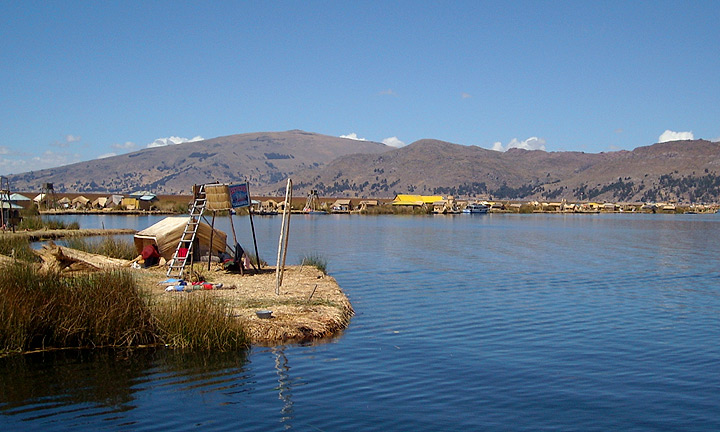
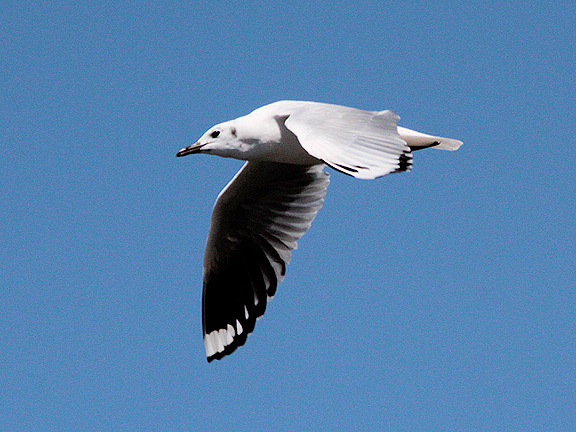
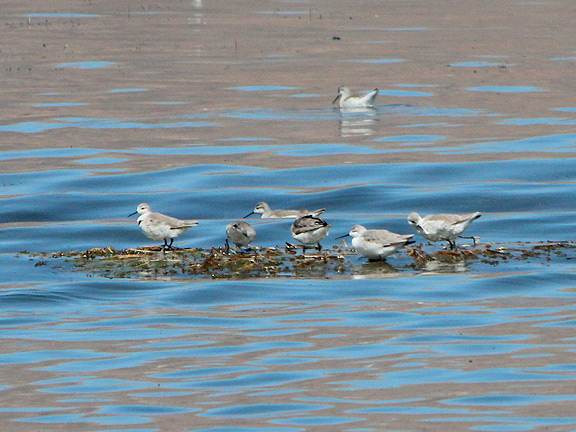
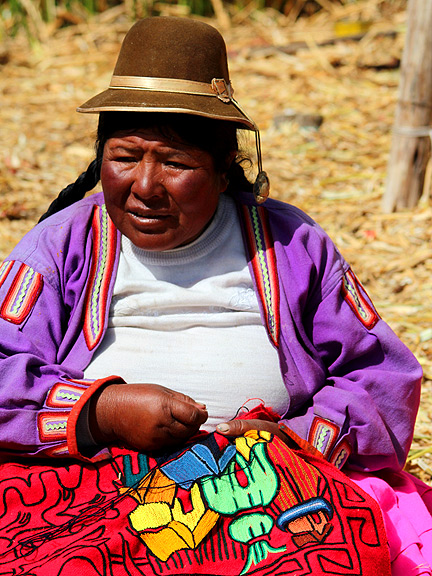
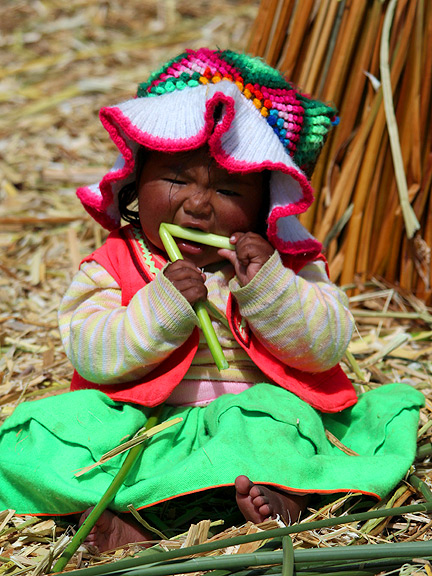
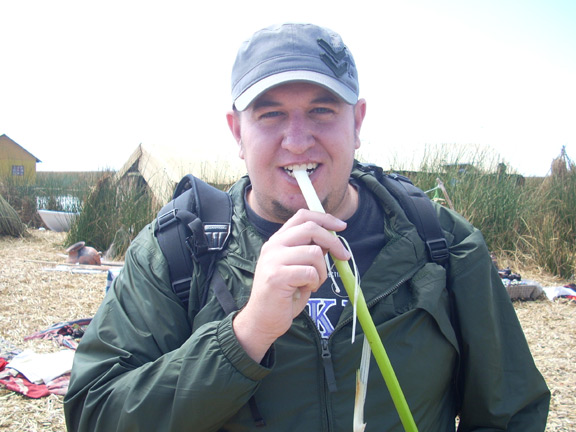
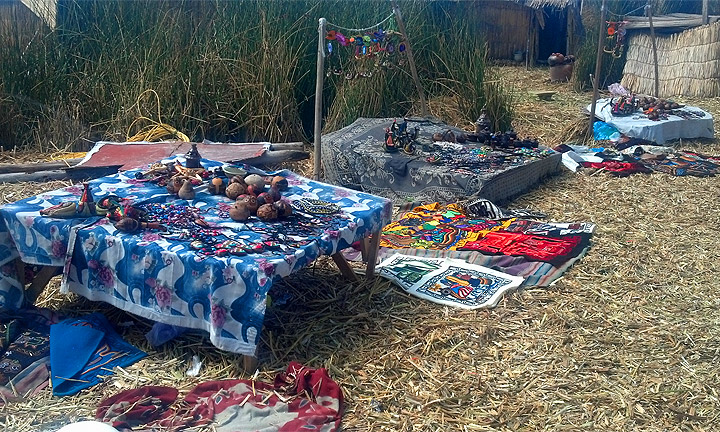
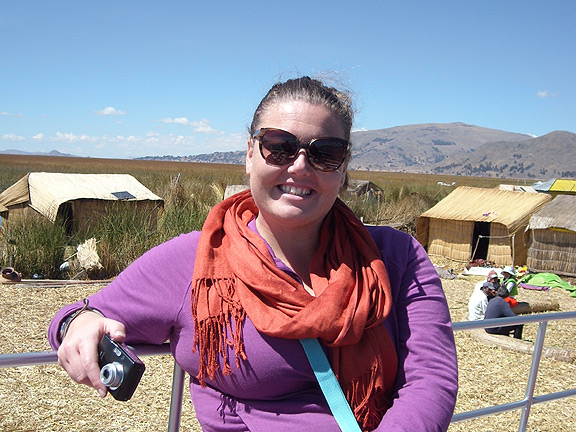
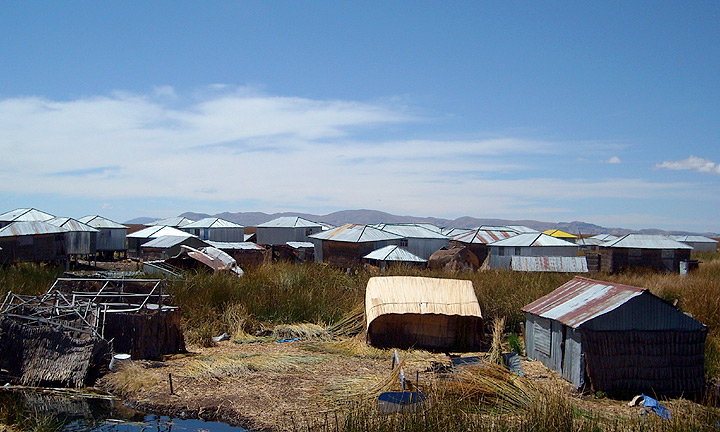
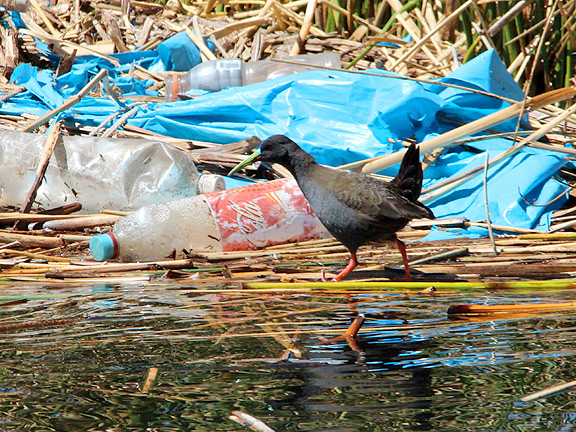
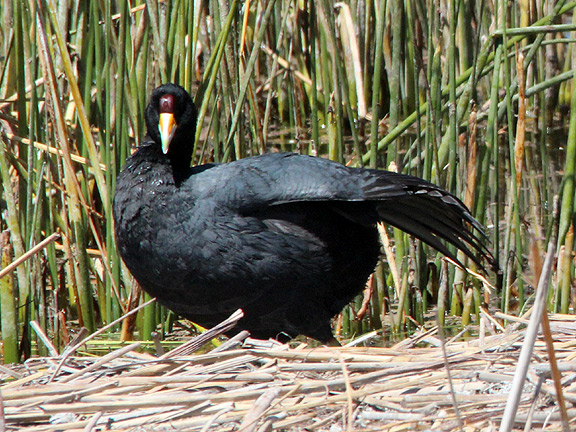
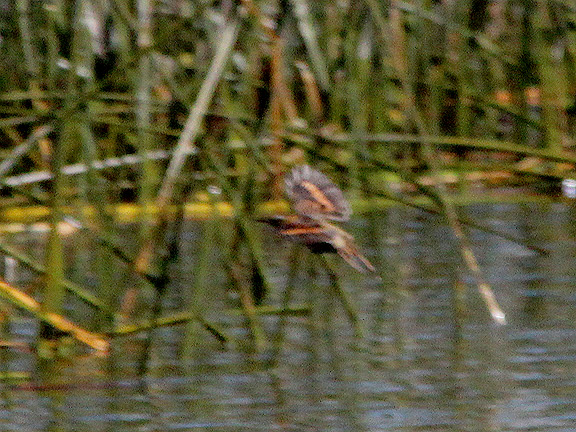
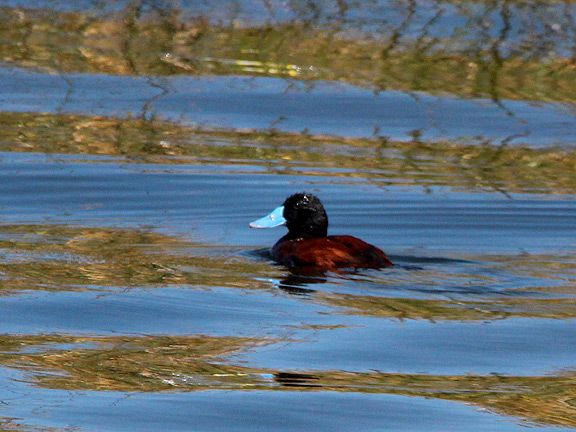
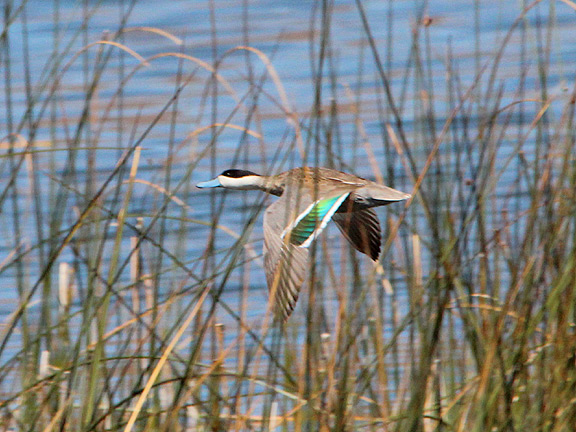

2 Comments:
I would like to send you a photo of a bird of prey I photographed in Puno It was photographed on 1st July of this year on top of a tree right by the side of the marina on Lake Titicaca. Is there any way I can get the photo to you and any chance you might be able to identify the bird?
I should assert barely that its astounding! The blog is informational also always fabricate amazing entitys. LBJ Lake Houses
Post a Comment
Subscribe to Post Comments [Atom]
<< Back to Previous